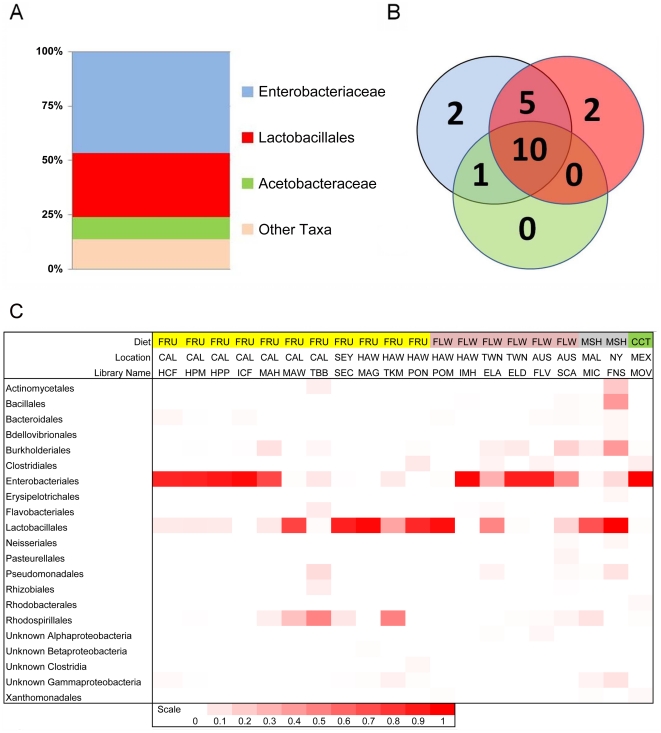Figure 1. Composition and distribution of dominant bacterial taxa within 20 natural populations of Drosophila.
A. Pooled samples across all species, diets and locations. “Other taxa” represents 34 families with an average abundance of <0.05% and 18 orders with an average coverage of <1%. B. Venn diagram representing the presence of these taxa within the 20 Drosophila populations. The numbers in the circles indicate how many populations contain at least one member of each of the three dominant bacterial taxa. Note that the Enterobacteriaceae and the Lactobacillales are almost universally found, each being found in 18 and 17 different populations, respectively. 10 populations contain all three dominant bacterial taxa. C. Relative abundance of bacterial orders within 20 wild Drosophila populations. Dark red indicates 100% of sample is composed of that order and white indicates 0% (exact scale at bottom). Note that each population is dominated by either the Enterobacteriales (all family Enterobacteriaceae), the Rhodospirillales (all family Acetobacteraceae), or the Lactobacillales. Diet Key: FRU = Fruit; FLW = Flower; MSH = Mushroom; CCT = Cactus. Location Key: CAL = Northern California; SEY = Seychelles; HAW = Hawaii; TWN = Taiwan; AUS = Australia; MAL = Malaysia; NY = New York; MEX = Mexico. Library identifiers are given in Table 1.

